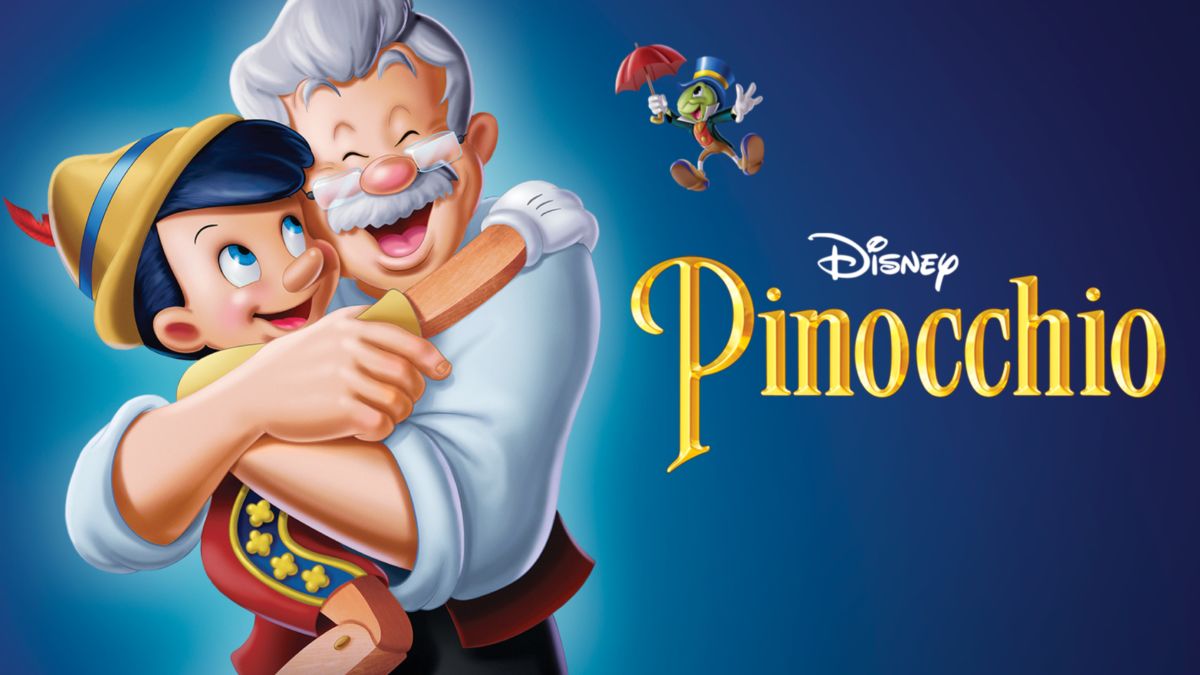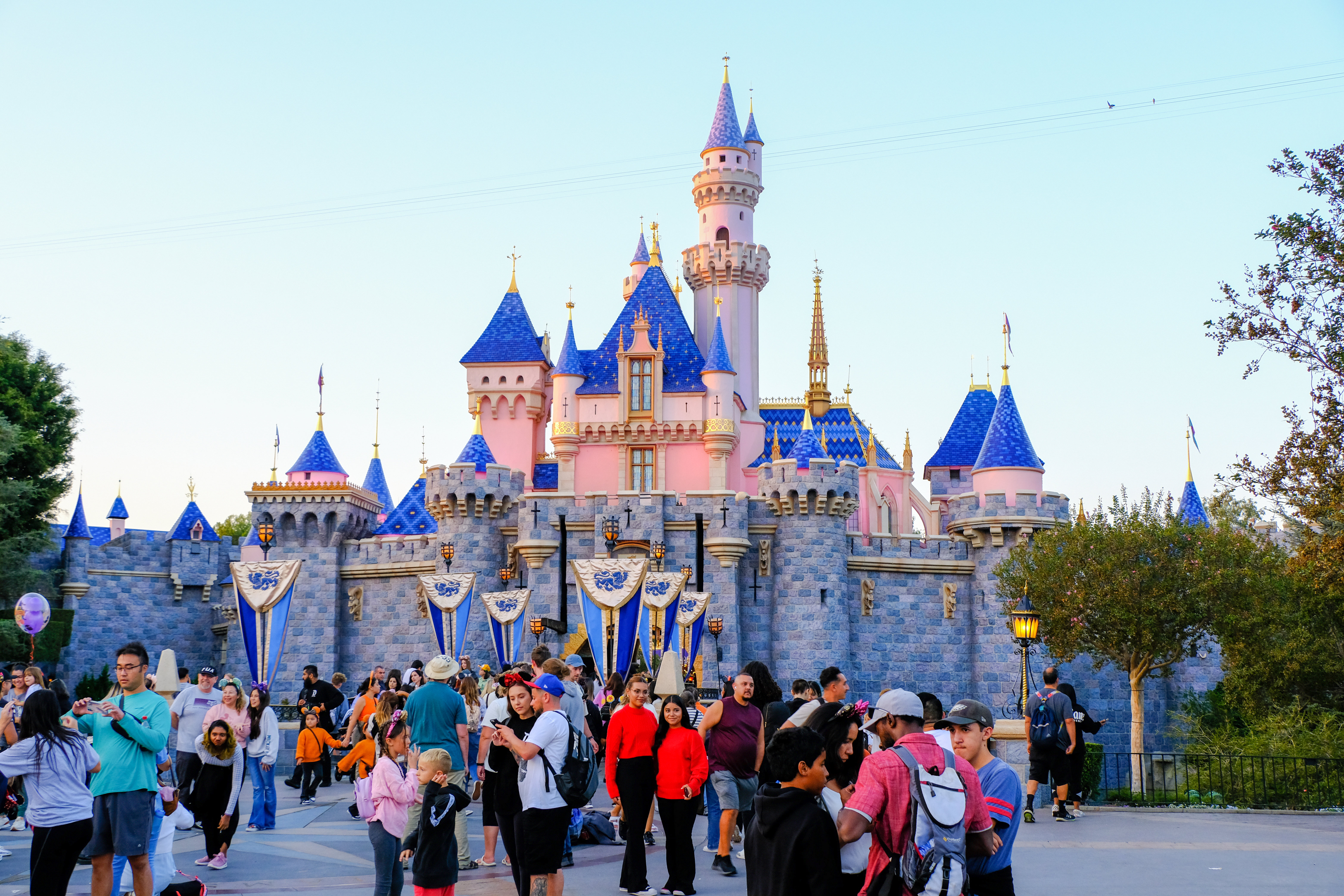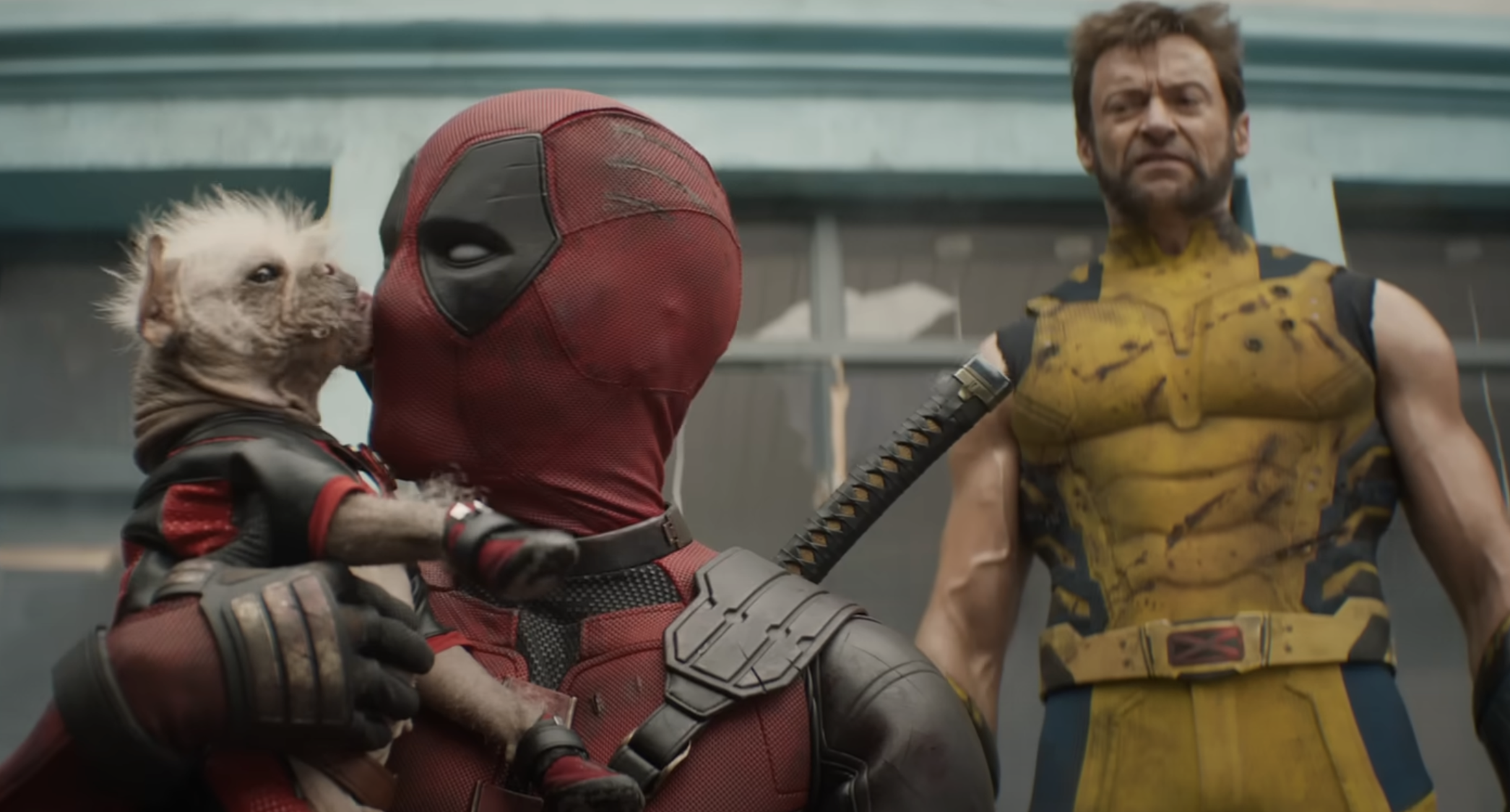After covering Snow White and the Seven Dwarfs, we are now looking at Walt Disney’s second animated feature film, Pinocchio, released in 1940. Following Snow White, Walt went in a new direction with his next few films. It would be a while until he returned to the princess stories that the studio would come to be known for in later years. In fact, the only thing Snow White and Pinocchio seem to have in common is that they are adapted from well-known fairy tales. Also like Snow White, this film opens in traditional storybook fashion. In an interesting piece of foreshadowing, we see two other books on the shelf next to Pinocchio: Peter Pan and Alice in Wonderland. These stories of course were later adapted as animated films for the studio.
Read: 20 Weeks of Disney Animation: ‘Snow White and the Seven Dwarfs’
While making Pinocchio, Walt Disney and his animators ran into several problems when developing the story. The biggest one had to do with the character of Pinocchio himself. In the original story, Pinocchio was an unlikeable character, which is something that needed to be changed from the start. This meant deviating from the story as people knew it, which was a risk. Also, a problem was how to make Jiminy Cricket the symbol for Pinocchio’s conscience throughout. These two problems were ultimately solved, with much help from animator Milt Kahl who was not only able to make a wooden boy likable but almost human. Ultimately, Kahl’s design is why Pinocchio works so well as a character. In terms of Jiminy Cricket, technology allowed the filmmakers to bring a first-person perspective of him through the use of the multiplane camera, which had been used in Snow White. We see this used in the opening scenes as the viewers become the role of both the camera and the cricket.
The film begins with Jiminy Cricket singing the most famous song in the film and, arguably, Disney history: “When You Wish Upon a Star”. This quintessentially Disney song was written for the film but has had many other uses in Disney properties throughout the years. Between closing out Walt’s weekly show or being a staple at the parks, this song represents something childlike in all of us and, without fail, always brings out the feelings of nostalgia. In the film, however, it signifies Geppetto’s wish for a son, which becomes the first act. In fact, Pinocchio is a very episodic movie and can fit fairly neatly into five acts: the introduction, Pinocchio’s adventure with Stromboli, his adventure on Pleasure Island, adventure with the Whale, and the conclusion. The three middle parts almost feel like three separate films, albeit with the same theme: listen to your conscience. Jiminy Cricket repeatedly encourages Pinocchio to do right, and Pinocchio repeatedly fails. In addition to the strong morals, there are several dark moments, concepts like Pleasure Island, which are still shocking today.
There are a lot of great things about Pinocchio: its strong characters, poignant lessons, and beautiful animation. Above all, however, the film is sprinkled with that “Disney magic” that is talked about so often. That magic can be easily felt in such places as Disneyland, but it is rare for films to capture that blend of warmth and nostalgia as Pinocchio does so perfectly. Much of this is probably due to “When You Wish Upon a Star”, the timeless song that is Disney music at its best, but the film is great apart from that song as well. Pinocchio is a movie that I feel is sadly overlooked by many Disney fans, and perhaps even the company itself. It doesn’t get the credit it deserves among the contemporary audience, despite it being almost universally praised among animation fans and historians.
Live-action remake: In the year 2000, The Wonderful World of Disney premiered a television musical spin-off of Pinocchio, titled Geppetto. This live-action film, not unlike the later theatrical remakes of Disney animated classics, took the original story and presented it from the perspective of Geppetto. This concept would be repeated almost 15 years later with Disney’s Maleficent. One of the early live-action remakes, it is often forgotten and not talked about due to its less than stellar quality. However, great talent went into making it, with performances by Drew Carey and Julia Louis-Dreyfus and original songs written by Broadway composer Stephen Schwartz, best known for writing Broadway musical Wicked. He also contributed the lyrics to Pocahontas and The Hunchback of Notre Dame from Disney animation. Whether intentional or not, several concepts from the original deleted songs were used in this film. Though this television film is quite cheesy and mostly unnecessary, it is a fun watch merely to see this reimagining of the classic film and hear the always-talented Stephen Schwartz’s original songs. Unfortunately, it is not available on Disney+.
In addition to Geppetto, there is a live-action remake of Pinocchio in development from acclaimed director Robert Zemeckis. It will most likely be starring Tom Hanks as Geppetto, as Disney has wanted him to play this character since early on in its development. It is unknown at this point if it will be a musical and whether they will use songs from the original film or write new ones. For more information on this project, check out this article here.
Pinocchio in the theme parks: The most notable example of Pinocchio in the parks would be the ride Pinocchio’s Daring Journey. Opening in Disneyland in 1983, this dark ride is similar to Snow White’s Scary Adventures and takes you through the journey of the story. This film has also been integrated into the parks in various ways, including parades, firework shows such as Fantasmic!, and themed restaurants.
Pinocchio on the stage: Geppetto was later adapted for the stage, titled My Son Pinocchio: Geppetto’s Musical Tale and can be licensed to perform for schools and theatres. This version of the story includes all of the songs from the film, including “When You Wish Upon a Star,” a new version of the song “And Son” and a newly written song titled “Rise and Shine.
To conclude this discussion, I leave you with a brief look at the making of Walt Disney’s second feature film, Pinocchio, now streaming on Disney+.








Leave a Reply